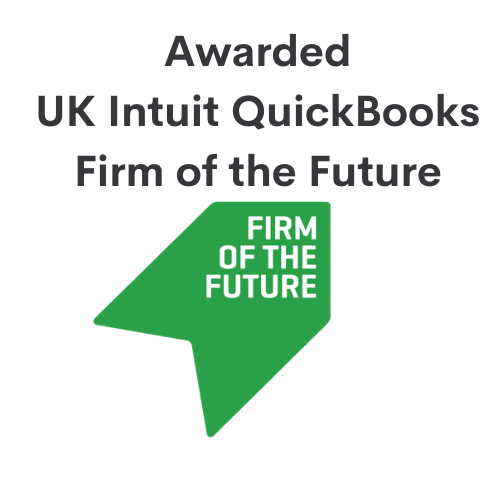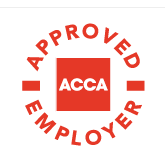8 Ways To Reduce Your Capital Gains Tax Liability
1. Use your Capital gain tax allowance:
You are allowed a tax-free Capital Gain Tax allowance of £12,300 (2021/22) before CGT will be due. This is a separate allowance to your tax free personal allowance for Income tax.
Any gains of up to £12,300 in a tax year will therefore not attract capital gains tax.
2. Offset a gain with a loss:
Under HMRC rules, you can use capital losses from previous years to reduce any Capital Gain that you might have made. There are special rules to tell HMRC about capital losses made especially if you do not currently submit a self assessment tax return and you must act within 4 years after the end of the tax year in which you made the loss.
By deducting the loss from your gain, you can then reduce or potentially negate your liability to Capital Gains Tax. If you have property, then you may be able to deduct any costs associated with improving your asset, including lease extensions and capital improvements to reduce your Gain.
3. Split your assets with your spouse:
You are allowed to transfer certain assets to your spouse or civil partner tax-free. If you gave your husband or wife some of your assets, it would mean they can also use their annual exemption, effectively doubling the household’s allowance to £24,600 (2021/22) before CGT will be due.
There may be tax implications when splitting assets, so talk to us first.
4. Straddle the tax year end when selling:
With certain investments, you may be able to sell your assets in two halves. This means you can sell one half just before the tax year end on 5 April, allowing you to use your CGT allowance for that tax year.
Then, by selling the other half at the beginning of the following tax year, which starts 6 April, you can use that year’s allowance. This effectively doubles
your allowance.
5. If applicable to you, apply for Business Asset Disposal Relief (BADR):
Formerly known as “Entrepreneurs’ Relief”, BADR allows you to sell certain business assets including shares for the CGT rate of 10%. This could include selling shares in the company you work for or a business you have built from scratch.
In 2020, a Lifetime Allowance of £1 million was introduced. This could mean you will not receive BADR if you have already made gains of more than this amount from selling
shares or a company.
6. Invest in an Enterprise Investment Scheme (EIS):
By investing in EIS you can get 30% income tax relief ( 50% for SEIS) and can also defer tax payable on your Capital Gain by the amount that you invest. This might mean that be able to get up to 70% tax relief on your EIS investment in certain circumstances. The tax becomes due when you sell the EIS.
You can defer the tax on any gains made up to three years before you invest in the EIS, or for one year after.
7. Invest in a Stocks and Shares ISA:
As these tax-efficient accounts are not liable to CGT, investing into a Stocks and Shares ISA means any investment growth won’t typically be liable to the tax.
While the 2021/22 ISA allowance is £20,000, if you invest in one over a number of years, you could build up a significant investment fund that could grow free of CGT.
8. Don’t Sell:
Finally, Capital Gains tax is only payable when you sell or transfer an asset, so if you never sell your assets CGT will never apply.
On death, inheritance tax might apply instead of CGT. Contact us if you are looking to mitigate your tax liabilities.
Please get in contact if you would like help with reducing your Capital Gains Tax. Book a free discovery call with us today.
Contact
You May Also Like…







